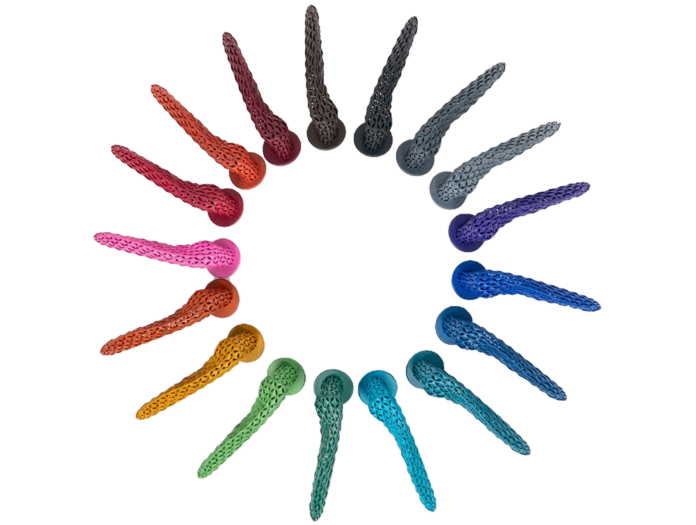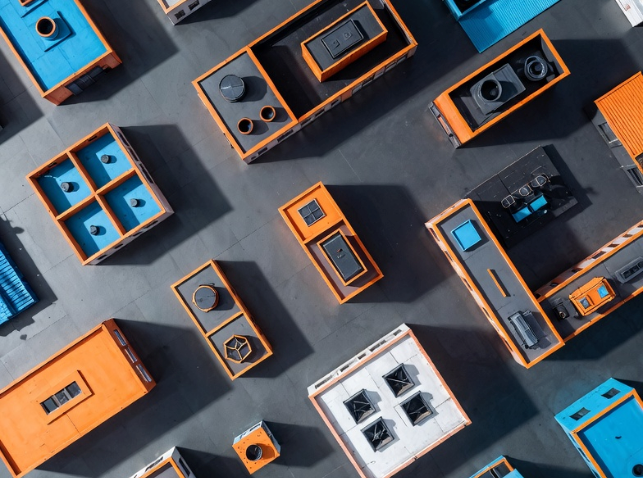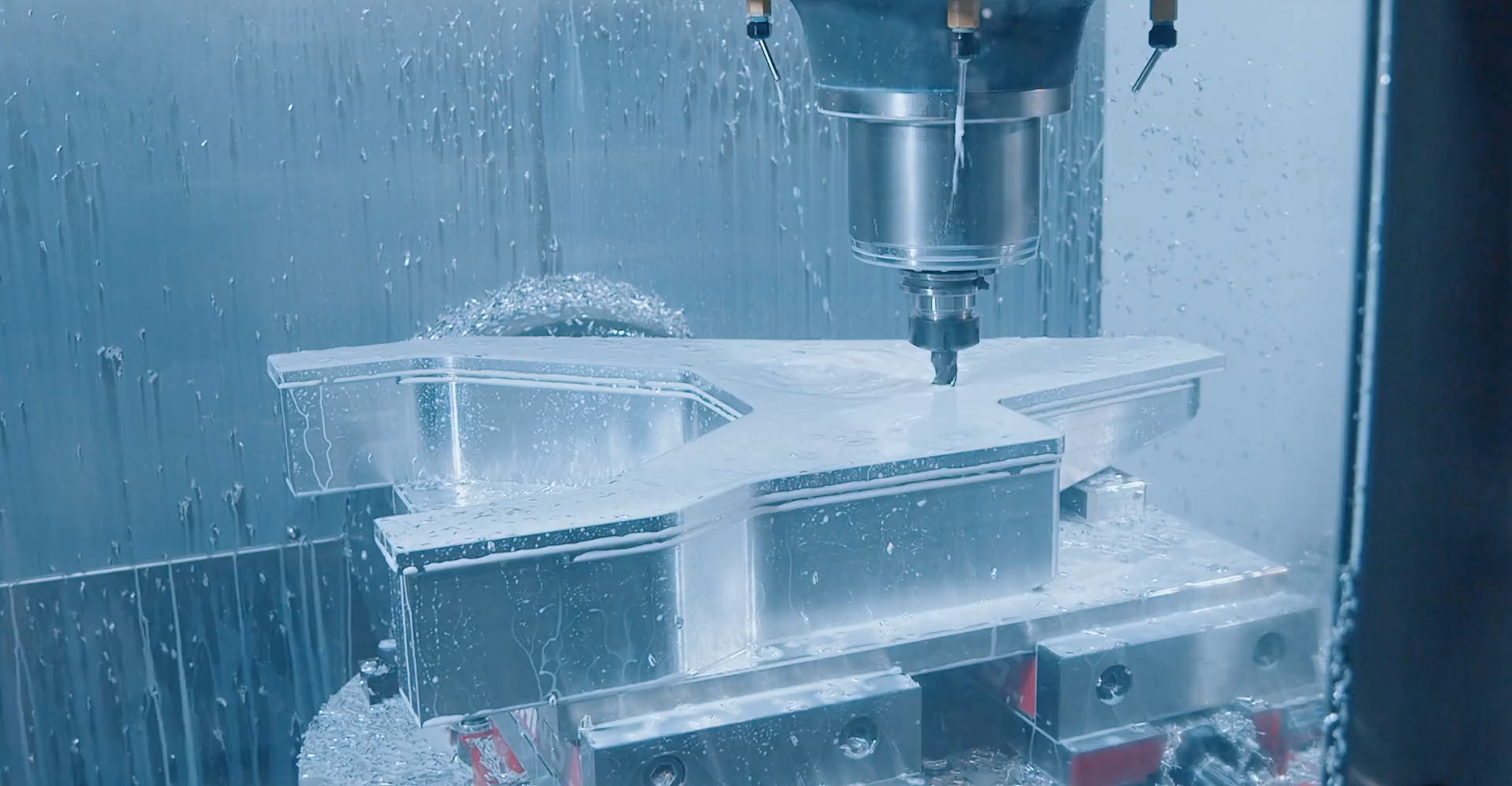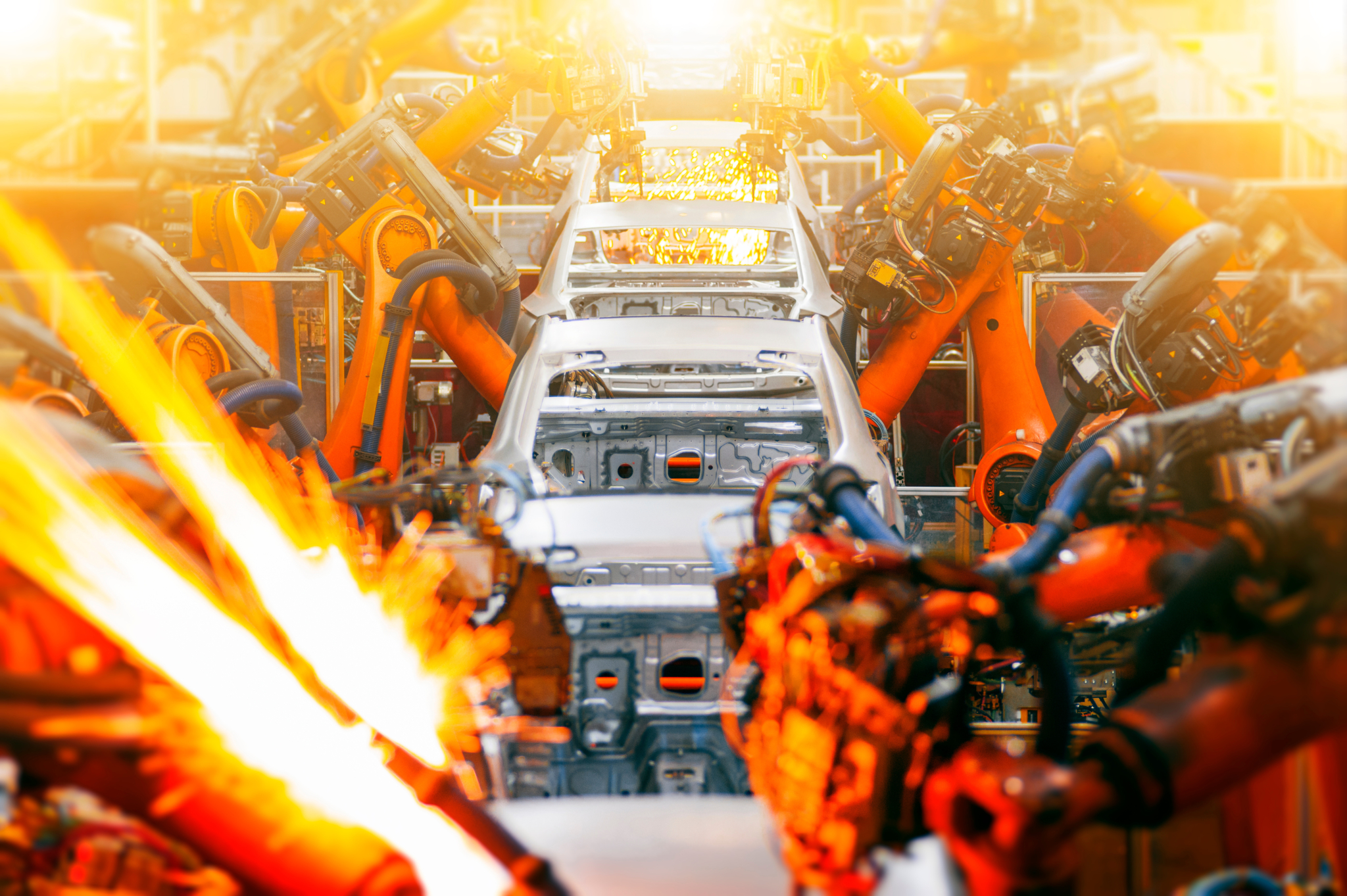When it comes to manufacturing an end-use product, look and feel often matter just as much as mechanical performance.
In the world of additive manufacturing, there are many different ways to produce a part with a higher-quality look and feel. These can range from materials that produce smoother part surfaces to vapor smoothing equipment that results in injection molding surface quality. If you’d like to learn more about what some manufacturers are doing to take 3D-printed parts to the next level, check our D2M 2024 session: Cutting-Edge Advancements in 3D Printing.
Additive Manufacturing can help you quickly create consumer-level products, including the pictured 3D-printed Wilson basketball.

One of the big names in the additive manufacturing space is DyeMansion. It focuses entirely on taking 3D parts to the next level via post-processing. Through its print-to-product workflow, DyeMansion offers machines purpose-built to enhance the look and feel of 3D-printed parts while decreasing the costs typically associated with post-processing.
In this blog post, we’ll be taking a look at the namesake system from DyeMansion — the DM60 DeepDye Coloring system.
Benefits of the DM60
Launched in 2015, the DM60 was built as an industrial solution to the workflow of dyeing 3D-printed parts. Outside of dedicated equipment, 3D-printed parts are commonly colored using Rit dye, which is primarily designed for use with textiles.
This can be a good workflow when working with small part batches. However, achieving a specific result when using Rit dye with 3D-printed parts often involves trial and error due to many manual factors, including water temperature, dye ratio, and the amount of time a part spends in the solution. Rit dye only colors the outer surface of a part as well, meaning that colors tend to fade over time. Manually dyeing 3D-printed parts is usually limited to smaller vessels such as pots or Tupperware containers, making this option a non-starter for larger parts or production runs.
The DM60 eliminates these pain points by removing guesswork from the dyeing workflow and automating most of the actual coloring process. Built around a part basket 394mm in diameter and 336mm tall, the DM60 can simultaneously color large parts or batches of parts. Once parts are loaded into the basket, a user will grab a cartridge of their desired color that will vary in size based on how many parts are loaded, this can be quickly determined by checking the basket’s visible part volume markers.
RFID chips built into color cartridges store dyeing parameters for that specific job, including temperature and time. The DM60 also automates the dye drain and machine cleaning process as part of each job, meaning that users will not have to worry about interacting with hot dye during a cycle. Once parts are removed from the machine, the next batch of parts can be colored.
The DM60 opens the door to consistent coloring of 3D-printed parts — without the guesswork.
Advantages of DeepDye Coloring
As mentioned, a typical Rit dye will only color the outer surface of a 3D-printed part. Rather than simply soaking parts in a solution, the DM60 acts as a pressure vessel that embeds dye into the actual geometry of parts. This results in a much more consistent and stable color across all part geometries. In addition, parts that are dyed by a DM60 end up with increased light and heat resistance. DyeMansion dye is also ISO certified for skin contact, although parts dyed by the DM60 are NOT certified for direct food contact.
ISO certification for skin contact makes the DM60 a perfect tool for customizing 3D-printed O&P parts.
Because of these advantages, the DM60 is a perfect solution for bringing 3D-printed parts into production. Long-lasting and consistent colors are ideal for customer-facing products. Industries that require high levels of UV resistance, such as the automotive industry, can take advantage of additive manufacturing to create colored parts that won’t fade over time.
Lastly, because of ISO certifications, the DM60 is a great pairing for coloring highly customized healthcare parts, such as for O&P.

Colors With DM60
As is the case with painting, achievable colors on the DM60 will primarily be a result of the base material color that 3D parts are printed from. For example, parts that are printed from a white material can potentially produce much brighter colors — such as neon shades — after a DM60 cycle when compared to parts that have a gray base color. However, even parts that are not white can result in extremely vibrant colors when using the DM60.
An example of some colors that can be achieved when using the DM60 to dye gray parts.

For very specific colors, such as corporate hues or skin tones, DyeMansion also offers color databases and color matching. For color matching, DyeMansion will take a sample of the requested color and check for compatibility with the additive technology and material being used. If the color is achievable, DyeMansion will create custom DM60 cartridges on demand. This is yet another way that DyeMansion allows users to achieve the results they want using the DM60.
DeepDye coloring on the DM60 is potentially compatible with many different print technologies, including SLS, MJF, and even SLA. If you’d like to learn more about the DM60 or chat with one of our experts, feel free to contact us today!
For more on post-processing, check out our webinar on various post-processing techniques: Post-Processing Techniques for Professional 3D Printed Parts.




